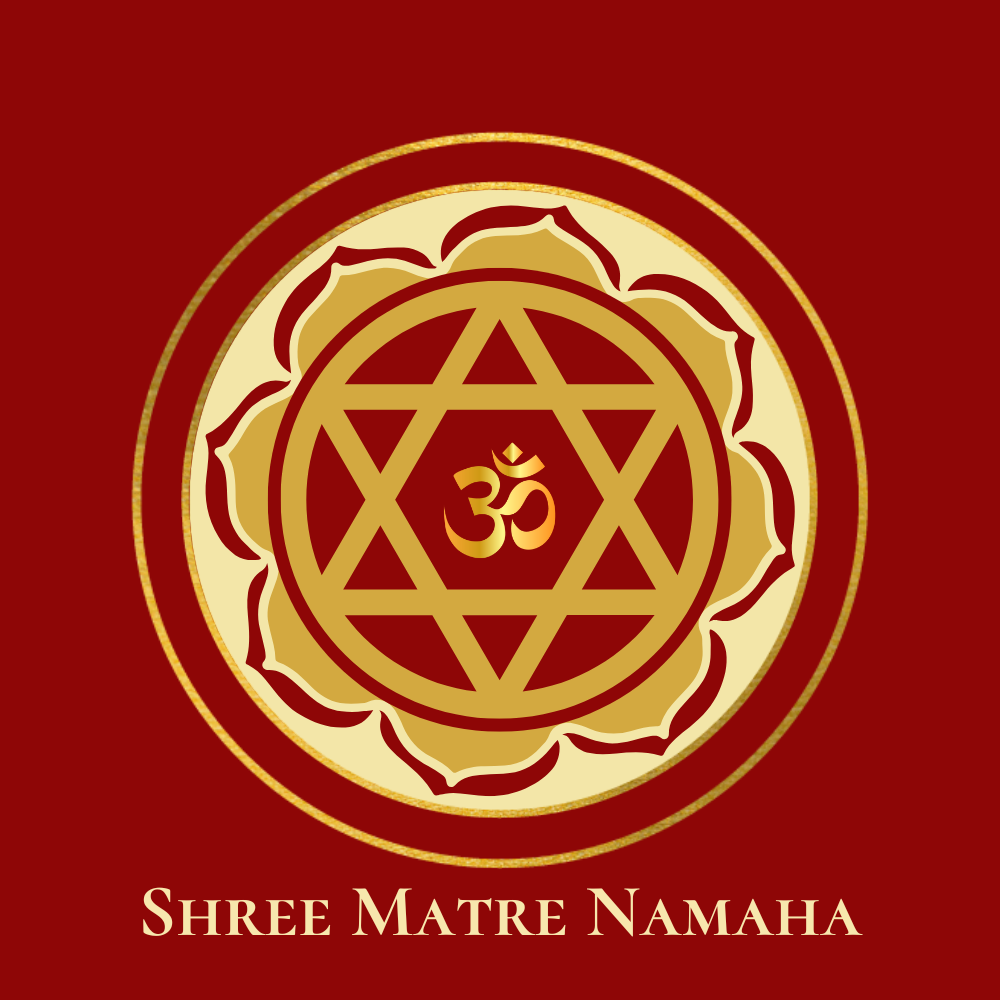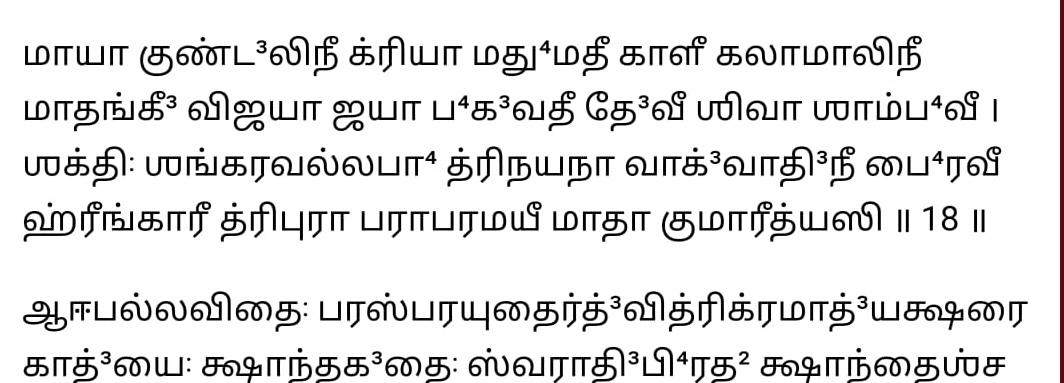This Blog is related to Youtube Video https://www.youtube.com/watch?v=sI1XSXoWDhI&t=2s
524. 24 Mystic names of Ambhal in one sloka which is more powerful.
“Maya Kundalini kriya madhumati Kali Kalamalini,
Matangi Vijaya Jaya Bhagawati Devi Shiva Shambhavi;
Shaktih Shankara-vallabha Trinayana Vagvadhini Bhairavi,
Hrinkari Tripura Para-Paramayi Mata Kumari Tyasi”
This morning, my friend shared insights about the 24 mystic names mentioned in a book called Panchasthavi. The author is not clearly known, but the text is found in the Kashmiri Shakta tradition.
The 18th shloka mentions Shirdi Sai Baba, where Baba taught 24 mystic names of Ambal to a lady named Jaya.
By reciting this set of 24 distinct names of Parashakti, one attains the merit equivalent to reciting the Sahasranama 900,000 times.
According to the Shakta tradition, although the Devi Stuti embedded in the Panchasthavi may appear simple, it possesses the power to awaken the Kundalini.
Despite their simplicity, these names are mystic encryptions of various tantric secrets.
Devotees are encouraged to remember and recite these 24 names daily.
With 108 repetitions, one shall receive the divine grace of the Mother.
Jaya has shared this verse, along with others, for the benefit of all.
The book is titled Devi Panchasthavi.
The five Sthavams included are:
- Laghu Sthavam
- Charcha Sthavam
- Amba Sthavam
- Gada Sthavatham
- Sakala Janani Sthavanam
The book was published in 1969 and contains many other shlokas from Bhakta Samajam.
The five Sthavams are organized as follows:
- Laghu Sthavam: pages 1 to 106
- Charcha Sthavam: pages 107 to 155
- Gada Sthavatham: pages 157 to 186
- Amba Sthavam: pages 187 to 225
- Sakala Janani Sthavam: pages 227 to 289
For working women who wish to recite Devi Nama but are unable to due to time constraints, these 24 mystical names of Ambal are a boon. Please try to memorize and recite them, as the merit of chanting these names is said to be as powerful as reciting the Sahasranama of the Devi.
Some of the names are from the Lalitha Sahasranama, but not all. This set of 24 names is drawn from various Stotrams dedicated to the Divine Mother.
Great thanks to Jaya, who kindly shared this.
As we are currently in Vasant Navratri 2025 (Sun, Mar 30 – Mon, Apr 7), I am happy to share this for the benefit of all. Pranams!


